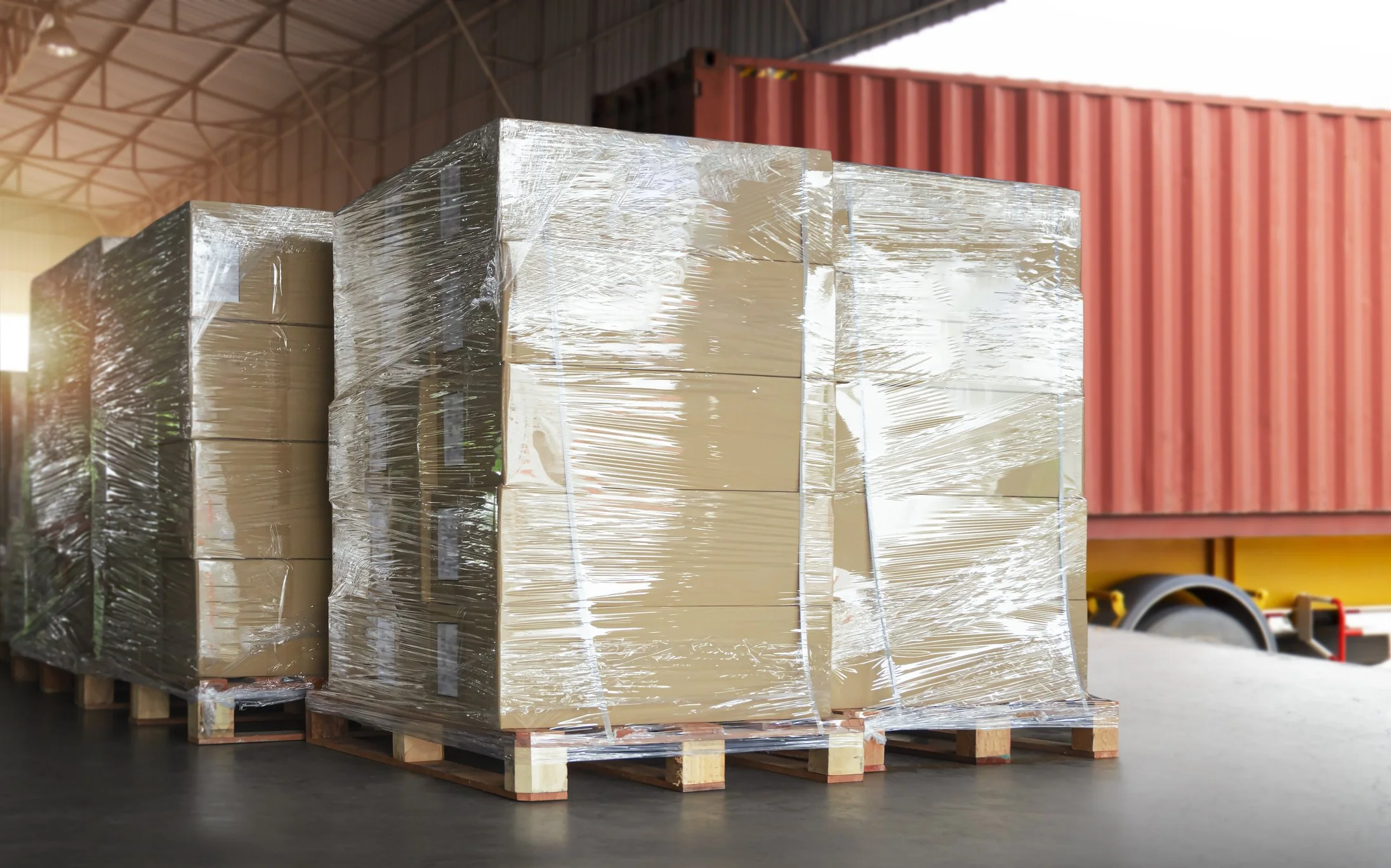Freight Quote: How to get the best quotes
Whether you’re a regular shipper or a first-time shipper, getting a freight quote will kick off the shipping process. A freight quote estimates shipment charges based on the information you provide, such as weight, dimensions, product type, service level required, and other factors. There are several ways to getting a freight quote:
Freight Broker
If you’re new to shipping, a freight broker could be a great option to help you navigate through shipping your first big and bulky item. Freight brokers help businesses search for the best rates through various carriers with which they have pre-established relationships. Usually, their fees are a percentage of the carriers’ wholesale rates.
Online marketplace
If you’re a one-time shipper or an experienced shipper, an online freight marketplace offers a one-stop shop for shipping without using a freight broker, giving you complete control of your shipping options. By plugging in your shipment’s origin to destination, weight, dimensions, product type, and service level required, you can get a list of freight quotes by carriers. All transactions are processed online, including bill of lading, shipment tracking, and pick-up notifications. Accurate shipment information is needed to avoid any overcharges or secondary invoices.
Independent Carriers
If you’re a volume shipper with regular shipment lanes, working out a contract with an individual carrier will give you a volume discount shipment rate cheaper than a freight broker. This process involves finding a suitable carrier that can provide the most competitive rates and has the lowest damage rate for your product type.
Getting the best freight quote requires shopping around to find the carrier that will deliver shipments to your customers at the most competitive pricing. The key to getting the best quote is to be accurate with your shipments. If you provide inaccurate details, you could end up getting charged with secondary invoices or overcharge fees. Here is the information you will need to provide once you decide which carrier to contact:
Freight type – Pallet, crates, or multi-box loads
Product type
Weight, including pallet weight and boxes
Size, including width, height, and length
Service level required – White glove, lift gate, or threshold
Origin and destination
The desired time to get to the destination
If you would like freight insurance
If you’re looking to ship big and bulky with special handling services, Freight Club provides a free platform that allows shippers to find enterprise rates from over 30+ pre-vetted freight carriers. The Freight Club team also provides customer support that handles all secondary invoices and claims.





